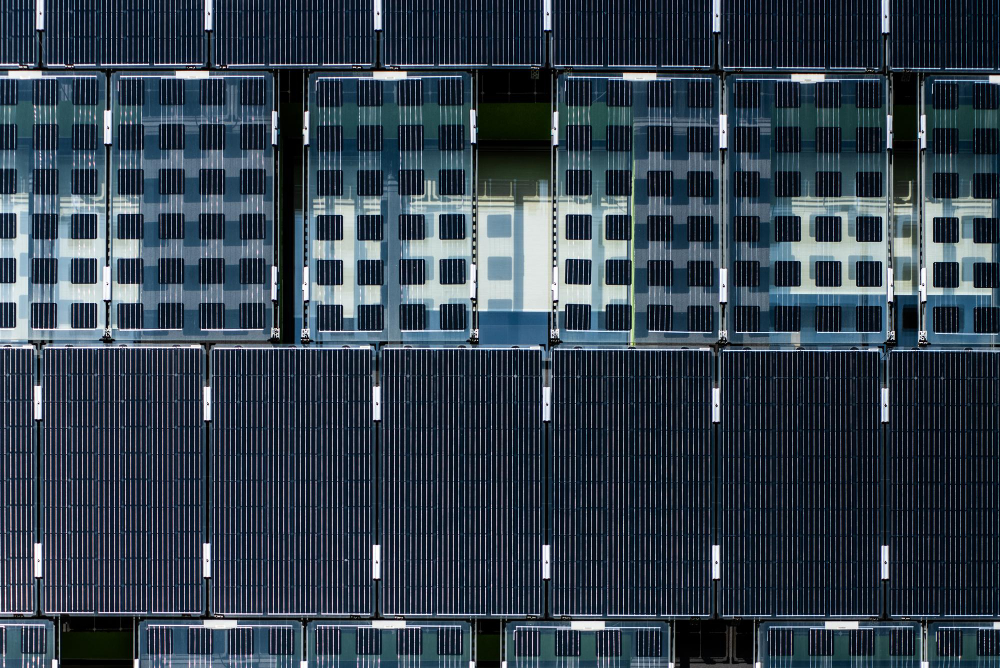In our latest video, PEPPERONI coordinator Bernd Stannowski from Helmholtz Zentrum Berlin elaborates on the shift towards perovskite/silicon tandem technology and the challenges it poses.
These topics are discussed in more detail in a recent feature in Nature titled “A new kind of solar cell is coming: is it the future of green energy?“. For this article, the PEPPERONI project’s technical coordinator, Fabian Fertig from Qcells, Germany, was interviewed, shedding light on the project’s objectives and the challenges it addresses in the pursuit of innovative solar cell technology. The article underscores the significant strides in perovskite/silicon tandem expansion, with notable investments from global photovoltaic (PV) industry leaders like Qcells. The feature highlights Hanwha Qcells’ commitment to the technology, as they plan to invest $100 million in a pilot production line, potentially operational by the end of 2024. As the article suggests, these developments indicate a promising future for perovskite-based PV products entering the market, with tangible outcomes expected as early as the middle of the next year, exemplified by Oxford PV’s upcoming solar panels.
What are the challenges to perovskite/tandem technology?
Perovskites are cheap, abundant PV materials that some have hailed as the future of green energy. This novel class of materials can be fine-tuned to take advantage of the parts of the solar spectrum that typical silicon PV materials cannot utilise very efficiently, meaning they make excellent hybrid-tandem partners. Nothing is as perfect as we might see it, and neither is this “miraculous” material. Perovskites tend to decompose when exposed to air or water, unlike silicon. While encapsulation with impermeable coating helps prevent this in tandem solar cells, perovskites have also inherent degradation issues that encapsulation cannot fix. During operation, some of the perovskite’s ions can move creating defects that in the end waste energy. Researchers in the PEPPERONI project are addressing this by refining perovskite composition and adding protective layers to ensure ions stay in place.
Although perovskite/Si tandem technology is advancing in terms of efficiency, with the last reported record from LONGi (33.9% for 1 cm2 tandem cell) – next to the above, challenges such as scalability, long-term reliability in the field and low-cost manufacturing processes remain present. These are also the challenges that PEPPERONI partners are tackling intending to develop tandem modules with 26% efficiency that operate reliably for more than 30 years and are suitable for mass manufacturing. If these can be produced on a large scale, Fabian Fertig says, they should be able to generate electricity at a typical cost of — competitive with silicon PV.
Read more in Nature 623, 902-905 (2023): https://doi.org/10.1038/d41586-023-03714-y
Stay tuned for more updates from the PEPPERONI project. Our partners continue to advance perovskite/Si tandem PV technology, driving the industry towards a sustainable and efficient future. Visit our website for the latest developments and follow us on social media.



